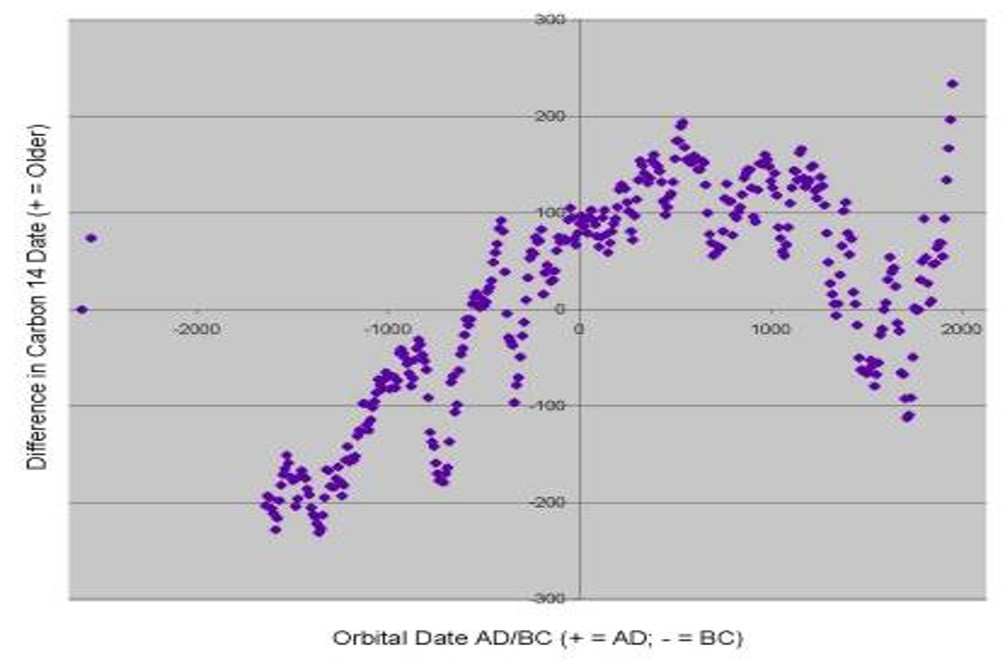|
Oscillation in ZPE related quantities
QUESTION:
“The interval of time for the lightspeed measurements (1700-2000) may be so short that we are not privy to the possibility that light speed may speed up and slow down in a cyclical fashion. Could the ZPE in the background be a pulsating or fluctuating field?”
ANSWER FROM BARRY:
That interval is indeed short! However, that is where the ZPE behavior is given by the redshift data, which continues to climb back to the origin. This redshift data is inextricably linked with the strength of the ZPE as the work of Puthoff, Haisch, Rueda, de la Pena and others have shown. The basics are that when the ZPE strength was low, Planck’s constant, h, was also low, and light emitted from atoms was redder. As the ZPE built up, h also increased and light emitted from atoms was bluer than it was originally. As we look out into space, emitted light becomes increasingly red towards the origin of the universe. This follows since the ZPE is the result of the stretching of space. As the stretching continued, the ZPE built up by known physical processes as outlined in the NPA Monograph for July 2013 on pages 42 ff. The redshift therefore gives us data right back to the origin of the cosmos and shows that the ZPE build-up was following a mathematical entity (the inverse of the redshift curve). As mentioned in the video, the Compton frequency data then give us a strong indication of the rate of atomic processes and the speed of light at the origin when the ZPE strength was minimal. So there is a consistent result which is not just dependent on 350 years or so of lightspeed data.
As for oscillation, that is also true! There is an oscillation. We have good atomic clock data back to 1600 BC and more problematic data back to about 2700 BC, and they show an oscillation is involved. In fact, the recent lightspeed and atomic data show a change in direction of trend around 1970 AD when they were at a minimum. Certainly, the use of atomic clocks played a part in that as the video outlined. Yet there is a reason for the oscillation based on ZPE behavior. When the ZPE had built up to a maximum, the universe was near its largest size. But a static universe is only stable against collapse if it oscillates slightly as shown by Narlikar and Arp in 1993. This slight oscillation of the size of the cosmos may be in several modes simultaneously rather like a balloon filled with water.
Now, picture the situation: Near the maximum size for the cosmos, the ZPE has reached its maximum strength. The cosmos then contracts in one of its modes of oscillation, so the same amount of ZPE is enclosed in a smaller volume. This means that the ZPE strength will appear to increase and, as a result, atomic clock rates will slow further and lightspeed will drop even more. But then the cosmos will expand somewhat, maybe a little beyond its original maximum. The fixed amount of ZPE will then be contained in a larger volume, so the ZPE strength will appear to drop. This means that atomic processes will speed up somewhat as will the speed of light. The data we have indicates that just such a change occurred around 1970 AD. Because we do not know the full number of modes of oscillation, the exact form of oscillation curve is still being determined. However, the data we have allow us to possibly trace two minima in atomic clock rates and hence lightspeed; one approximately near 2000 BC and a secondary minimum near 1970 AD. There is also a secondary maximum somewhere between 500 and 800 AD. The Monograph suggests that the oscillation began about 2600 BC, before which atomic clock rates and lightspeed were climbing back to the origin. Here is a graph of the situation.

I hope that answers your question.
Barry
|